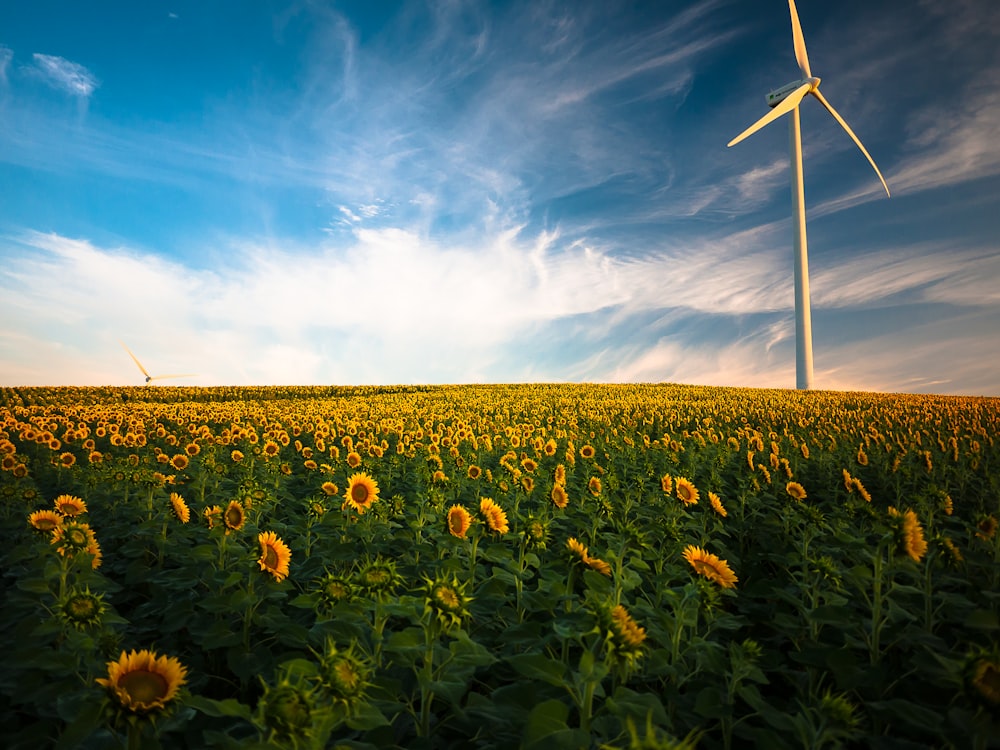Clean Energy Resources: Powering a Sustainable Future
Harnessing the Power of Clean Energy
Clean energy resources are revolutionizing the way we power our world, offering a sustainable alternative to traditional fossil fuels. From solar and wind to hydroelectric and geothermal, clean energy sources are abundant, renewable, and environmentally friendly. By harnessing the power of clean energy, we can reduce our carbon footprint, mitigate climate change, and create a more sustainable future for generations to come.
Solar Energy: A Shining Example
Solar energy is one of the most prominent clean energy resources, harnessing the power of sunlight to generate electricity. Solar panels, installed on rooftops, in solar farms, and integrated into buildings, capture sunlight and convert it into usable energy. With advancements in solar technology and falling costs, solar energy has become increasingly accessible and affordable, providing a reliable source of clean electricity around the world.
Wind Power: Riding the Breeze
Wind power is another key player in the clean energy revolution, harnessing the kinetic energy of wind to generate electricity. Wind turbines, strategically located in areas with strong wind resources, convert wind energy into electrical power. Wind farms, both onshore and offshore, contribute significantly to electricity generation, providing clean and renewable energy without emitting greenhouse gases or pollutants.
Hydroelectricity: Flowing with Potential
Hydroelectric power taps into the energy of flowing water to generate electricity, making use of rivers, streams, and waterfalls as renewable energy sources. Hydroelectric dams and power plants convert the gravitational energy of water into electrical power, providing a steady and reliable source of clean energy. While large-scale hydroelectric projects dominate the landscape, small-scale hydroelectric systems offer decentralized energy solutions for remote communities.
Geothermal Energy: Tapping into Earth’s Heat
Geothermal energy harnesses the heat stored beneath the Earth’s surface to generate electricity and provide heating and cooling. By drilling wells into geothermal reservoirs, hot water or steam is brought to the surface and used to drive turbines connected to generators, producing electricity. Geothermal energy is reliable, sustainable, and available around the clock, making it an attractive option for clean energy production.
Bioenergy: Power from Biomass
Bioenergy utilizes organic materials such as wood, crop residues, and organic waste to generate heat, electricity, and biofuels. Biomass power plants burn organic materials to produce steam, which drives turbines connected to generators, producing electricity. Bioenergy is renewable and carbon-neutral, as the carbon dioxide released during combustion is offset by the carbon dioxide absorbed by plants during growth.
Nuclear Energy: A Low-Carbon Option
While not without controversy, nuclear energy is considered a low-carbon option for electricity generation. Nuclear power plants harness the energy released from nuclear reactions to generate heat, which is used to produce steam and drive turbines connected to generators. Despite concerns about nuclear waste and safety, nuclear energy plays a significant role in providing clean and reliable electricity in many countries.
Clean Energy Resources Solutions
To explore clean energy resources and learn more about sustainable energy solutions, visit Clean Energy Resources. By supporting initiatives that promote clean energy adoption and investing in renewable energy technologies, individuals and organizations can contribute to a cleaner, greener, and more sustainable future for all. Clean energy resources offer a pathway to a world powered by renewable energy, where environmental sustainability and energy security go hand in hand.

